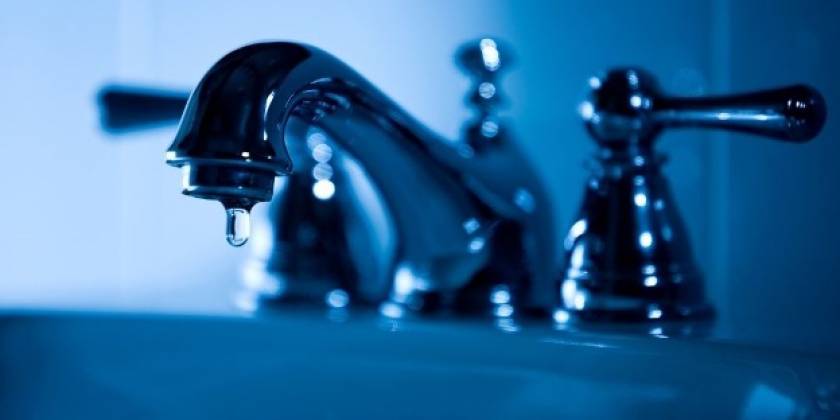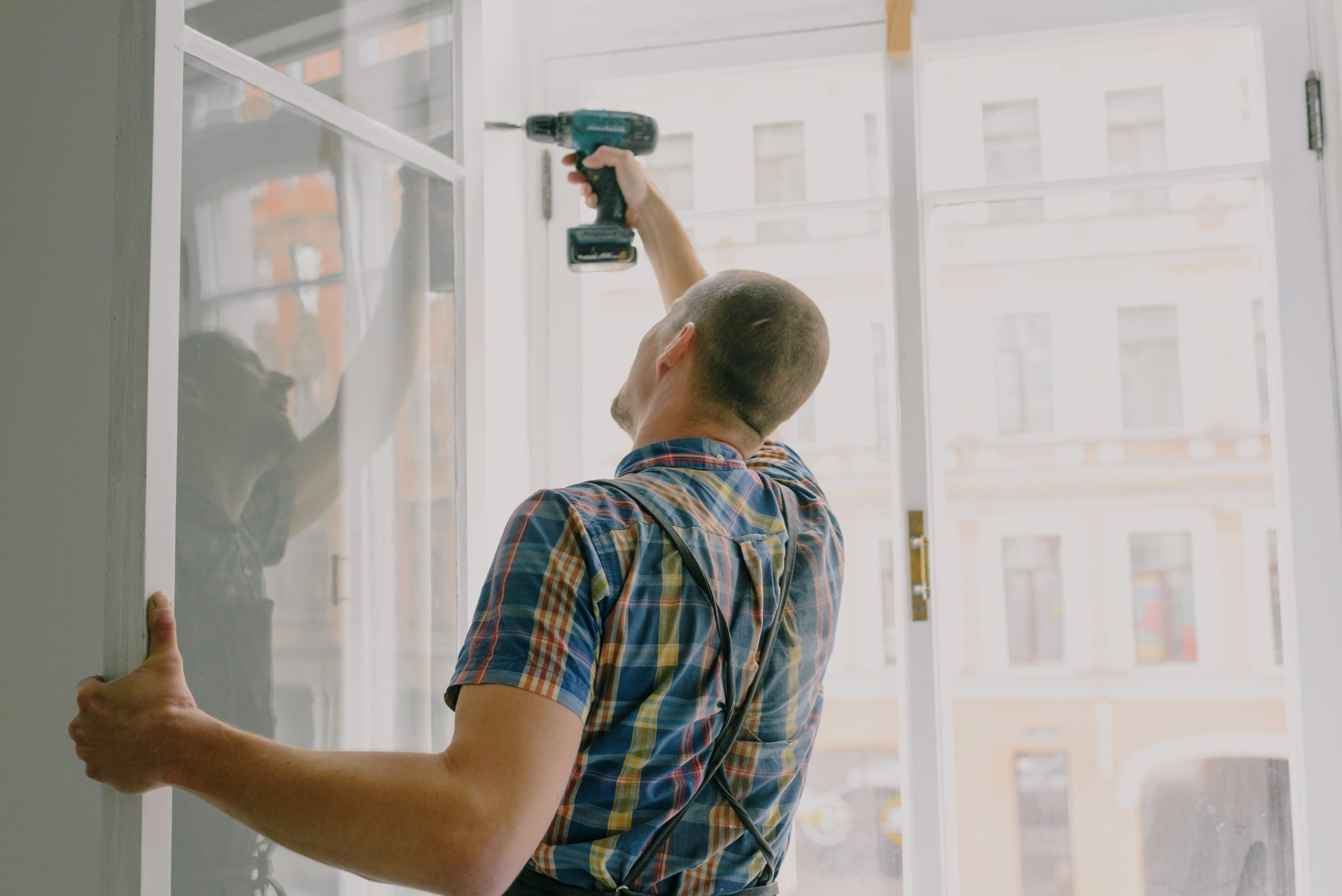Preventive Measures for Plumbing Issues in Rental Properties
Preventive Measures for Plumbing Issues in Rental Properties
Blog Article
This article further down pertaining to How can you handle tenant plumbing issues effectively is truly entertaining. You should give it a look.

Managing pipes issues in rental properties successfully is vital for maintaining occupant satisfaction and preserving the residential property's value. Whether you're a property owner or a building manager, recognizing just how to deal with these usual problems can save you money and time while making sure compliance with legal obligations. Below's a detailed overview on how to deal with pipes problems in rental buildings.
Develop Clear Interaction
Encourage tenants to report any plumbing issues as soon as they occur. Provide multiple communication channels such as phone, e-mail, or a tenant site to make it very easy for them to connect. Prompt responses to these reports can prevent small issues from rising right into significant troubles.
Enlighten Occupants
Inform your renters regarding what comprises a pipes emergency and what does not. Offer guidelines on how to deal with small problems themselves, such as utilizing a bettor to unclog a toilet. Also, inform them concerning what they need to avoid taking down drains pipes to stop obstructions, such as oil, coffee premises, and non-biodegradable products.
Regular Maintenance
Implement a regular upkeep routine for all plumbing systems in your rental homes. Regular checks can aid determine and settle problems like leakages, slow-moving drains, or corroded pipes prior to they come to be serious. Think about hiring a professional plumbing professional to inspect the homes each year or semi-annually.
Quick Feedback to Emergencies
Have a plan in place for reacting to pipes emergency situations. This need to consist of having the contact information of trustworthy pipes services that offer 24/7 emergency repairs. Quick action is important to decrease damages in situations like burst pipes or serious leakages.
Record Everything
Keep detailed records of all reported plumbing issues and the actions required to solve them. Paperwork should include dates, descriptions of the problem, communication with tenants, and receipts from specialists or plumbings. This details can be essential for insurance coverage claims, tax deductions, and legal protection.
Use Qualified Professionals
Always make use of accredited and insured experts for considerable plumbing repairs and installations. This ensures that the job depends on code and can assist prevent liability issues in case of crashes or additional damage. It also comforts occupants that repair services are being dealt with properly.
Understand Legal Obligations
Know your legal responsibilities regarding pipes and basic home maintenance. Most territories require landlords to guarantee their residential properties are habitable and that all pipes systems remain in good working order. Failure to resolve severe concerns promptly can cause legal actions from tenants.
Occupant Reimbursements
If a pipes problem requires instant attention and the lessee fixes the concern on their own, have a clear plan in place for compensating expenses. Ensure occupants know they should get prior approval for higher-cost repairs unless it's an absolute emergency situation.
Preventive Upgrades
Think about updating older plumbing systems and components to more contemporary, efficient designs. This can lower the frequency and intensity of plumbing problems and reduced long-term maintenance expenses. It's additionally a selling point for prospective lessees who value upgrades and contemporary attributes.
Renter Move-Out Inspections
Conduct complete pipes checks during move-out assessments to make certain that any problems are recognized and addressed before a new occupant relocate. This stops disagreements with new renters over pre-existing problems and makes certain the property is in top condition.
Final thought
Taking care of plumbing issues in rental homes needs an aggressive strategy and excellent communication with tenants. By staying on top of maintenance, responding promptly to emergencies, and using competent specialists, proprietors can maintain their properties in excellent condition and maintain good relationships with tenants.
How to Handle Water Damage in a Rental Property
What is Water Damage?
Water damage is harm or destruction caused by water entering areas where it is not supposed to be. It can be caused by a variety of sources and can manifest in different ways. The most common examples of water damage include:
Leaking roof Plumbing leaks Appliance malfunctions Poor drainage Flooding Sewage backup Condensation Tenant negligence HVAC system issues Frozen pipes Is water damage dangerous?
Water damage itself is not inherently dangerous, but it can lead to various hazards and health risks if not promptly and properly addressed. The severity of these risks depends on the extent of the water damage, the source of the water, and how quickly it is mitigated.
Some potential dangers associated with water damage include structural damage, mold and bacterial growth, electrical hazards, water contamination, and pest infestations. In situations where mold and mildew have gone unaddressed, mold can start to develop within 24-48 hours of water exposure, and this can impose a serious health risk to tenants. In particular, mold spores and damp conditions can lead to respiratory issues and even make existing health problems worse, such as allergies, asthma, or immune disorders.
Water Damage in an Apartment - Who is Responsible?
If the water damage is caused by the tenant’s negligence, the tenant is responsible for the cost of repairs. If the water damage is caused by a defect in the property, the landlord is responsible for the cost of repairs. If the water damage is a result of natural causes, such as excessive rain, then the landlord is responsible, since the water intrusion likely occurred due to a defect in the property. Landlord Responsibility water damage in rental property
Since maintaining habitability is the landlord’s legal responsibility, landlords are responsible for any resulting structural damage caused by water damage. These structural damages may include damage to walls, roofs, ceilings, and flooring. If water damage has affected the rental property’s original structure, the landlord is responsible for repairing or replacing those materials. Therefore, landlords should have property insurance that covers the structural components of their rental property so that they can receive help with the costs of covered events.
Preventative measures can also help landlords avoid massive renovations. Preventative maintenance may include conducting regular inspections to identify and address potential water damage before it becomes a major and urgent problem.
If a landlord fails to meet their responsibilities regarding water damage, it can lead to legal disputes and potential liability. Tenants who believe their landlord is not addressing water damage issues in accordance with California law can seek legal advice or contact local housing authorities for assistance.
https://www.goodlifemgmt.com/blog/water-damage-in-a-rental-property/

As an enthusiastic person who reads about 10 Common Rental Property Repairs, I imagined sharing that piece of content was important. Are you aware of another person who is in to the niche? Why not promote it. Thank you for being here. Don't forget to check up our site back soon.
Report this page